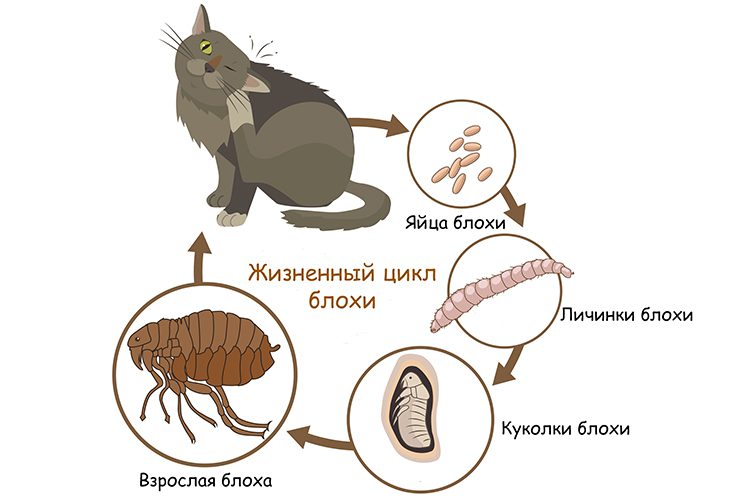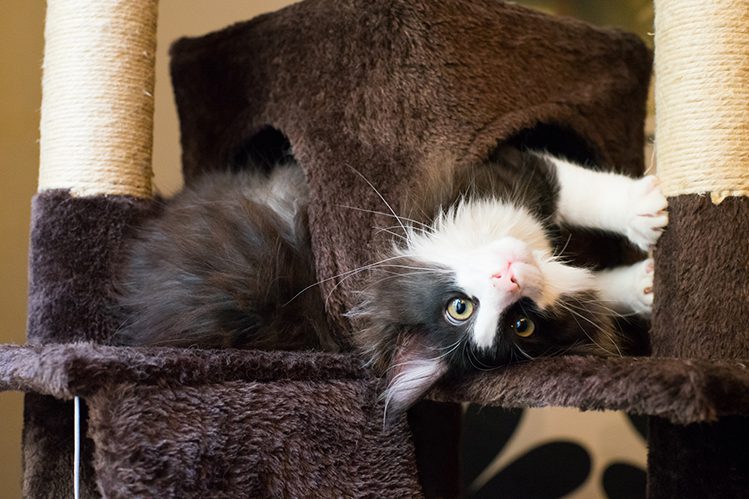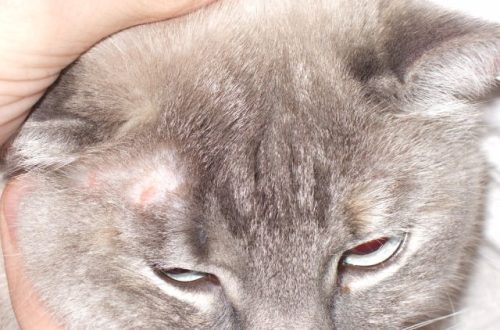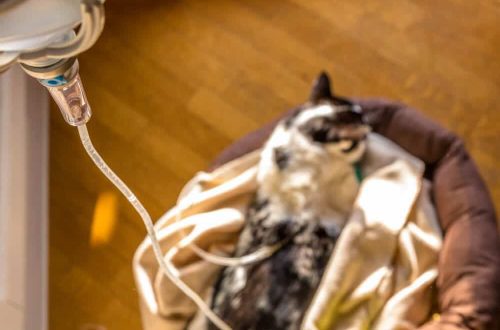
Where do domestic cats get fleas from?
Fleas are the most common external parasites of cats. If you let your pet outside without anti-parasitic treatment, it is 100% likely that he has fleas. But what about those who never leave the apartment? Can a domestic cat get fleas? And if so, where from?
Fleas are not without reason considered the most common parasites of dogs, cats and rodents. They are very tenacious, hardy and even inventive. Under adverse conditions, the flea can fall asleep. But if a “victim” appears nearby, it instantly activates and hurries to move to a new carrier.

Unlike ticks, which fall asleep at least in cold weather, fleas are active all year round. They live not only on the street (in the grass, on the ground or even in the snow), but also in the basements of residential buildings and in the entrances. In the winter months, the risk of encountering fleas increases near heating mains: the parasites are hardy, but thermophilic. And, of course, the dream of every flea is to move into a warm apartment with pets. There she can quickly create a huge colony of her relatives!
Just imagine: one sexually mature flea lays over 40 eggs daily. These eggs hatch into larvae. They hide in nooks and crannies: in crevices, behind baseboards, in furniture, in folds of linen, in carpets, in bedding and in a pet’s house. You won’t even notice them in your apartment until they turn into dozens and hundreds of adult parasites. The larvae feed on skin flakes, excrement of adult fleas and other contaminants, and only after reaching puberty move to animals.

Now you yourself can answer the question of where a domestic cat has fleas. Your dog could bring them from the street (if you have two pets), you could bring them on your own clothes or shoes, and the flea itself could enter the apartment from the entrance or basement. Such a guest will not remain unnoticed for long. In good conditions, parasites multiply at a staggering rate, and in just a couple of days you will inevitably suspect their presence.
A cat infested with fleas begins to itch and “pinch” the skin with its teeth in an attempt to catch the tormentor. If you notice these symptoms, carefully examine your pet. Arm yourself with a comb or push the hair straight with your hands. Examine the whole body. You will most likely see an adult parasite almost immediately. Also a hint are black crumbs on the skin – these are flea excrement.
If you do not find any adult parasites or their waste, and the cat still itches, contact your veterinarian. Perhaps it’s a dermatological disease.
We have already talked about the rate of reproduction of fleas. That is why it is easier to prevent a problem than to deal with parasites that have already appeared. One flea on your cat is a few dozen larvae in the apartment. While you destroy adult fleas, new ones appear. Thus, the fight against parasites can take a long time, and you will need to process not only the pet itself, but the entire apartment.

Why a domestic cat has fleas is understandable. But how to prevent infection? This will help year-round treatment from parasites. Choose a flea control that suits your cat and renew treatment as soon as it expires.
It is important to carry out preventive treatment against parasites regularly, since fleas are potential carriers of various diseases. An untreated and unvaccinated animal is at serious risk. A large number of fleas can cause anemia, which is especially dangerous for babies.
Take care of the health of your pets, and let their health be impeccable!





